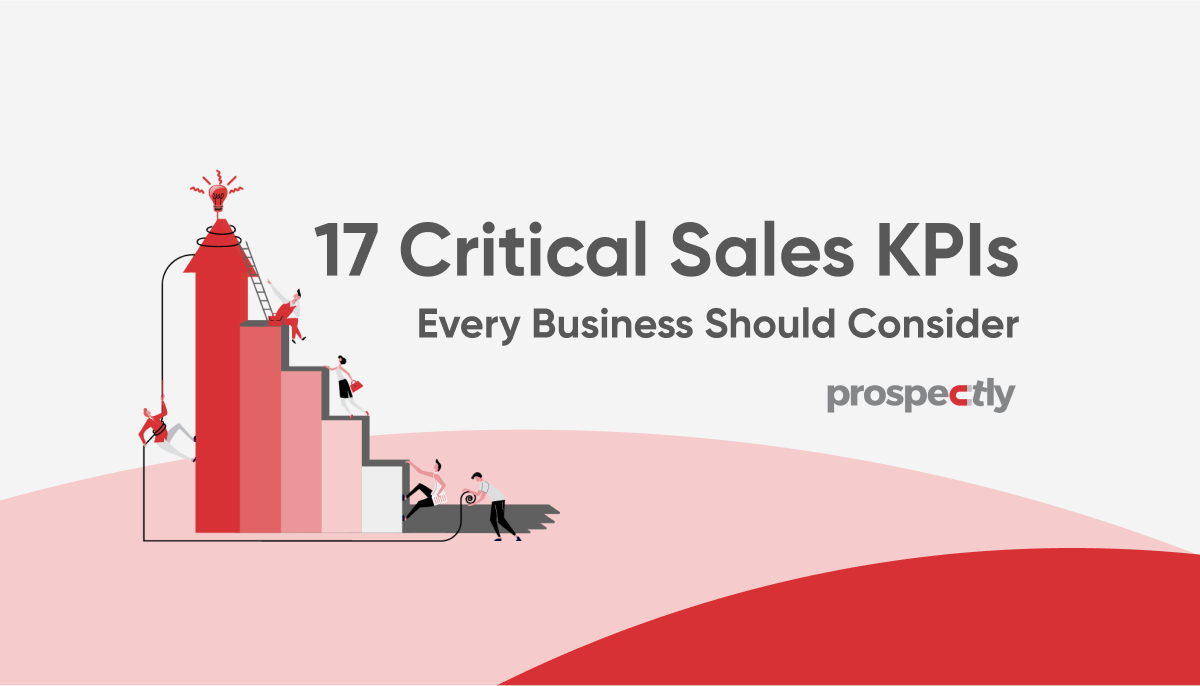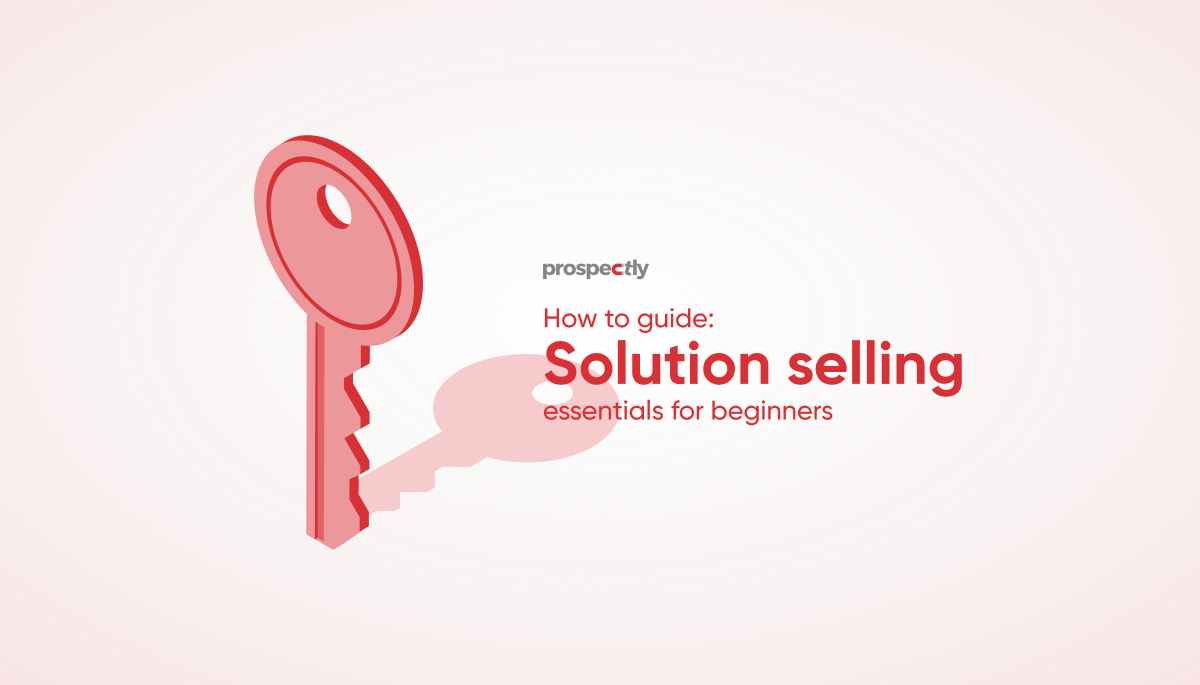The “whats”, “whys”, and “hows” of social selling

Buying and selling have always been inherently social activities. In the early days, the barter system was a process of exchanging resources between various social communities. For business owners, word-of-mouth is and has always been an organic method of lead generation. For instance, you visit your neighbor’s home and like their interior, you ask for their designer’s contact. Eventually, the birth of social media gave social selling a digital makeover.
Are you tired of making dead-end cold calls? Do you struggle to build rapport with prospects over the phone? 63% of sales executives feel that cold calls are the most disliked part of their role. Enter, social selling!
What is social selling?
To put it simply, social selling is the art of selling or promoting your business on social media. It helps you leverage your social media platforms and connect directly with your ICP (Ideal customer profile) past the gatekeepers. Selling on social media is a way of humanizing your sales approach.
What is social selling index?
In 2014, LinkedIn came up with the SSI (Social Selling Index), which is basically an effective method to measure your social selling success. It is scored on a scale of 0-100 and is based on four crucial elements.
- Building your professional brand by creating a relevant profile that targets your ICP.
- Discovering the right prospects by using filters such as role, function, or industry.
- Actively engaging with your social community by creating applicable content and commenting on industry news, articles, polls, etc.
- Strengthening your social network by connecting and building trust with key decision-makers.
To measure your social selling index, sign in to your LinkedIn account and visit their Social Selling Index page.
LinkedIn social selling index page
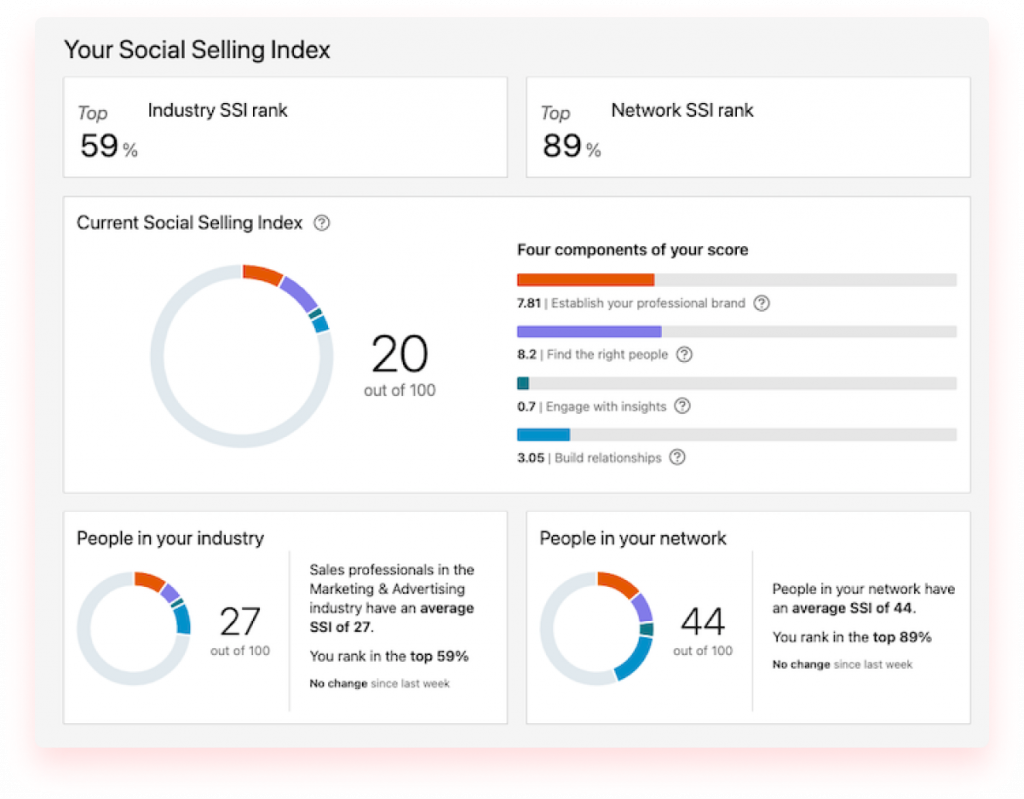
Why should you engage in social media selling?
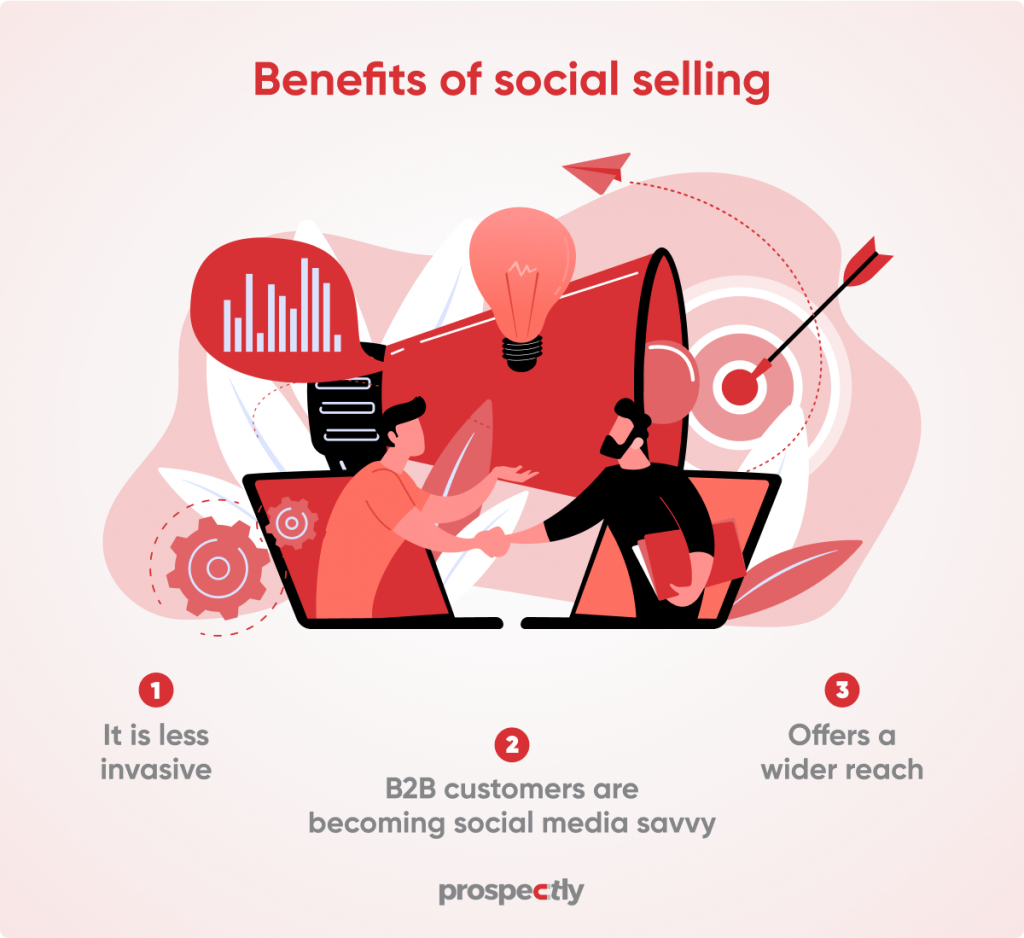
It is less invasive
According to HubSpot, 84% of buyers are annoyed with sales reps who try to convince them over cold calls. Instead, warm up your leads by interacting with them over social media and build a meaningful connection before promoting your product/service.
B2B customers are becoming social media savvy
Research suggests that social media impacts buying decisions of 75% B2B customers and 85% CXOs. Additionally, an average B2B buyer consumes 13 pieces of content before making a purchase. These facts indicate that today’s B2B decision-makers are increasingly embracing social media. By engaging with your customers on digital platforms, you make them feel in control of the buying process.
Social media selling has a wider reach
According to TOPO (Gartner), it takes 18 dials to reach a potential customer. When you post pertinent content on social media which addresses your customer’s pain points, it has the potential to get shared and reshared multiple times. Hence you are able to reach your entire network and even beyond that.
Social selling strategies for 3 major business platforms
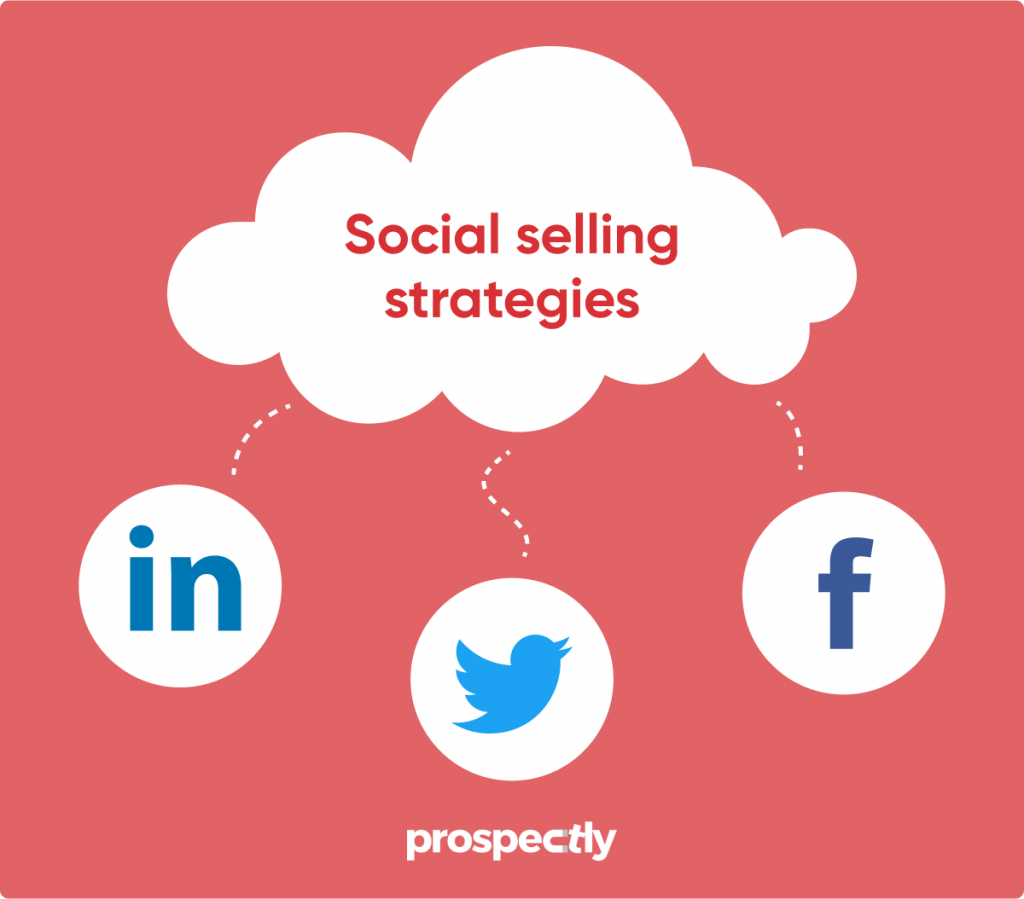
While devising your social selling strategy, you will need to optimize your social media profiles, especially for the key business platforms- LinkedIn, Twitter, and Facebook. Each of these platforms have their own USPs. Your choice of preferred platform will be based on what you offer and who to sell to. Let’s find out.
When it comes to B2B social selling, LinkedIn would probably top the charts. 50% of B2B buyers prefer LinkedIn for making purchasing decisions. It is the perfect business platform to connect with your peers, engage with your audience and also track your competition. Here are a few ways you can utilize your LinkedIn network to increase revenue.
Your profile
Instead of treating your LinkedIn profile as your virtual resume, make sure it resonates with your audience. Update the bare essentials listed below-
- A current high-resolution professional photograph
- A catchy headline that explains your value proposition
- A concise summary of what you have to offer and how you can make your prospect’s life easier
- Your professional experience
Your skills
While building your profile, remember to add skills that attract prospective clients. Your skills should reflect what you can bring to the table. LinkedIn endorsements and recommendations are a great way to build credibility with your audience. So, if you have a happy client, do not hesitate to request an endorsement or a glowing recommendation.
Your network
When using LinkedIn as a social selling platform, your network should reflect your potential customer profiles. The platform provides a user-friendly search interface where you can discover prospects based on filters like job role, skills, industry, company name, location, etc. Find the right profiles and build your professional network.
You can also join LinkedIn groups and follow hashtags relevant to your domain. It will help you keep up with industry updates and offer possible prospecting opportunities.
Your SSI score
Leverage your SSI score and use it as a benchmark to enhance your professional brand. This score will show you where you stand against your peers/competitors in the industry and track your social selling performance.
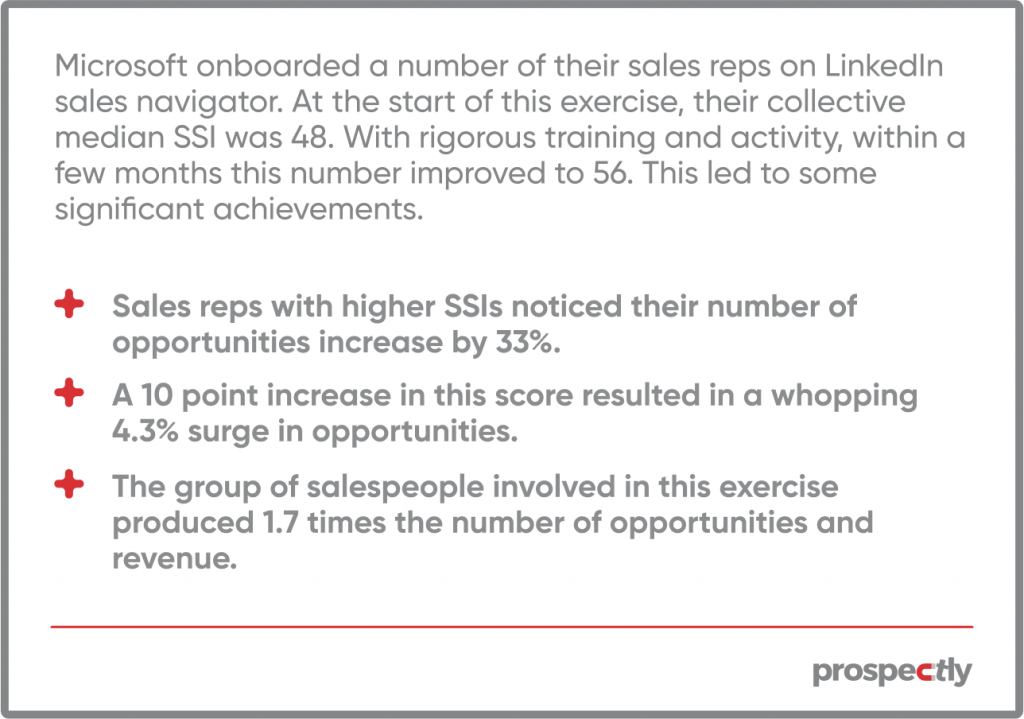
Twitter is your ideal social listening platform. It provides an amazing interface to build organic interactions with your audience, respond to customer queries and build long-term relationships. There are a few things you can do to optimize your Twitter account for social sales.
- Similar to LinkedIn, use a high-resolution professional photo and a concise but sharp bio that highlights your value-add.
- Incorporate hashtags that are most followed by your ICP.
- Actively engage in industry chats.
- Utilize twitter lists to track content from diverse groups. To ramp up your social selling game on Twitter, create and track lists of your potential customers, your existing customers, and also your competitors.
- Monitor keywords that signify buying signals. These can be keywords your customers might use, those that portray your target’s business challenges, etc.
Facebook is often deemed as a personal networking platform rather than a professional selling tool. It’s mostly because of the way it started and its diverse user base. However, selling happens between people, and your customers will be willing to buy from someone with a strong personal brand. Try the below ideas to utilize Facebook for business.
- Join Facebook groups that are relevant to your industry. In Jan 2017, Facebook started putting increased focus on groups with a range of features that would attract businesses, especially on its Group Insights tool. High activity groups can act as a lucrative opportunity for brands to access data on sector-specific topics, influencer outreach, etc.
- For business advertising purposes, it is important to have a Facebook business account that you can use to share industry information and engage with your followers.
10 Handy tips to sell on social media
Apart from the platform-specific strategies mentioned above, below is a list of crucial tips that will elevate your social sales across all social mediums.
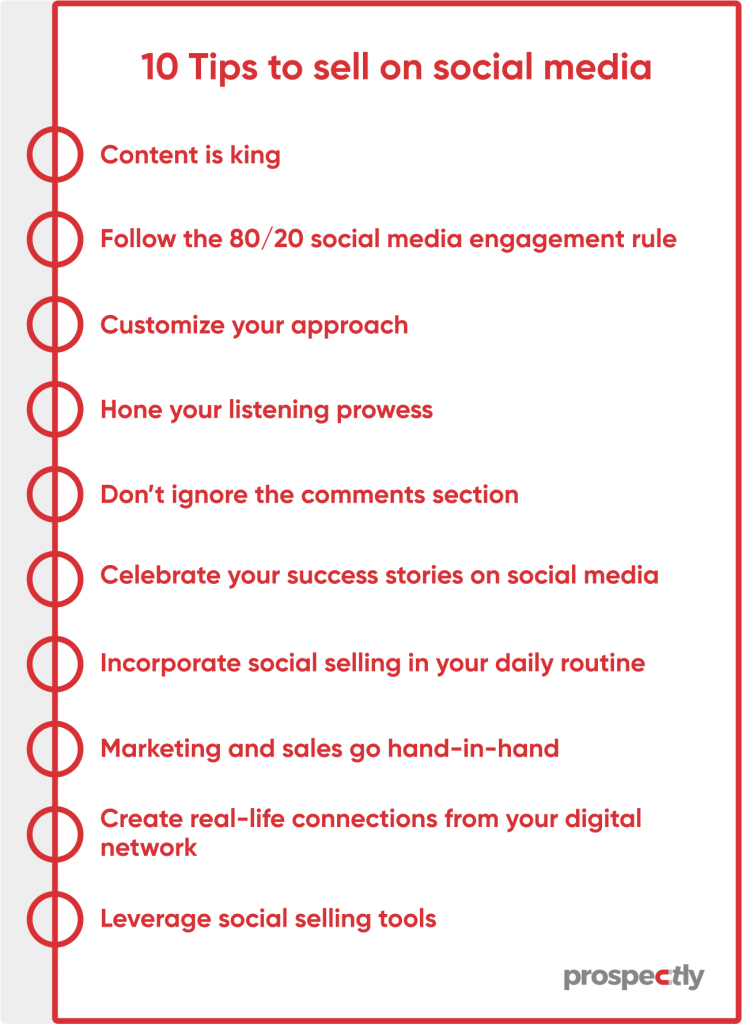
1. Content is king
We have touched upon the importance of creating targeted content earlier in this blog. And rightly so! According to LinkedIn, 62% of buyers respond to professionals who approach them with suitable insights. Contrary to the traditional lead generation methods, social selling is all about fostering trust with your audience. Selling comes a bit later.
2. Follow the 80/20 social media engagement rule
Based on platform algorithms, user behavior and intent, industry experts came up with the social media 80/20 rule. According to this formula-
- 80% of your content should be about providing industry insights and addressing customer pain points. It demonstrates your subject matter expertise and highlights brand altruism.
- The remaining 20% can be used to promote your offerings. It will educate your customers and alert them about new updates and promotions.
- This rule works wonders for Facebook and Twitter. It can also be applied to LinkedIn with a more flexible approach towards the ratio.
3. Customize your approach
Instead of sending out generic connection requests, personalize it based on your prospect’s company, industry, business needs, and shared interests. Check out this linked connection request template that can be tailored based on your requirement. Do note the messages sent with connection requests have a character limit of 300.
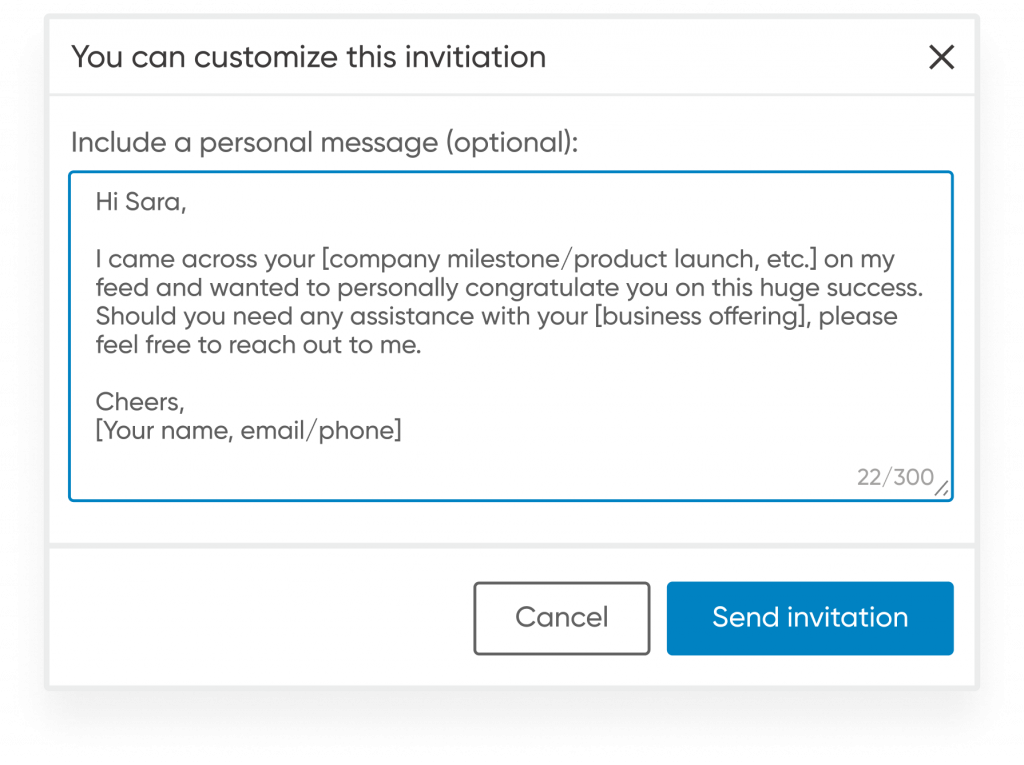
4. Hone your listening prowess
Be alert and observe your potential customers, peers, and competitors. Ensure you don’t miss out on important events, conversations, product mentions, etc. by setting up notification alerts like google alerts or other listening tools. Tracking these activities might offer you the sales opening you were looking for.
5. Don’t ignore the comments section
Once you have built a strong prospecting network and set up the right notifications, monitor the comments section of posts with high activity.
- It might help you to understand what your prospect is looking for and the best way to service their requirement.
- You may also come across customer grievances within these comments. Use this as an opportunity to alert the support/marketing team and to prepare yourself for facing future sales objections.
6. Celebrate your success stories on social media
Testimonials are the best way to build credibility in your social circle and influence your potential clients. A prospect who comes across a success story highlighting a happy customer from a similar industry is most likely to have confidence in your brand.
7. Incorporate social selling in your daily routine
Analyze your schedule and set aside time for your social selling activities. For example, if you schedule an hour a day for social media sales, set aside 20 minutes for catching up on industry news, 15- 20 mins ideating, drafting, and publishing your post for the day, and the remaining few minutes to reach out to your prospects with targeted messages.
8. Marketing and sales go hand-in-hand
When it comes to social media selling, it is paramount to stay abreast of your marketing team’s developments. Check in with marketing regularly for updates on new collateral or campaigns and brainstorm ways to promote them to your prospects.
9. Create real-life connections from your digital network
Building digital connections is vital to warm up your leads, however your end goal should be to nurture these leads into long-term relationships. Know when to get offline, set up a phone call, or invite them for a coffee meeting via DM.
10. Leverage social selling tools
To maximize the potential of these social selling tips, leverage tools that automate your social sales and increase your odds of scoring new customers. Below is a list of a few such tools that you may find helpful.
- LinkedIn sales navigator – One of the best disruptive social selling tools that helps you to track the right people, understand key insights, and engage them with customized outreach.
- Hootsuite – A comprehensive tool to share and manage content across all platforms, and also to track your customer activity.
- Nimble – A CRM that organizes your leads and customers along with tracking your social media interactions.
- Meltwater – A platform with a host of social media content that helps streamline your social media strategy.
- UpContent – A tool that allows you to discover, collaborate and distribute fitting third-party content for sharing on social media.
Social selling challenges and how to overcome them
Even though selling on social media seems like the perfect way to nurture potential customers, it is not without challenges. Here are the two major roadblocks you may face during your social selling journey and suggestions to master them.
It is not a quick fix
Unfortunately, you can not expect to see immediate gains with social selling. Have patience and focus on delivering quality content. Slowly but surely, your efforts will yield significant results.
Avoid over-automation
Sometimes, companies automate their social posts to the extent that the communication almost seems robotic. Be mindful of not posting the same generalized template used by your co-workers. In order to sound authentic and build trust, you need to demonstrate your expertise and passion for the community at a humane level.
Consistency is key
We live in a dynamic business environment that requires you to upscale your selling methods. The tried-and-true techniques like cold calling, negotiating, etc., might not always produce significant results in convincing prospects. Today’s 24*7*365 digitally connected customers are willing to interact with brands online before making buying decisions.
Social selling essentially allows us the opportunity to get to know our prospects before bombarding them with cold calls or emails. However, building a solid foundation in the world of social sales will need remarkable resilience. Be consistent and offer your customers a story they can relate to. It may take time but will produce exponential results.
What are your views on social selling? Are there any additional pointers that you have found to be helpful? Do share in the comments section below.
